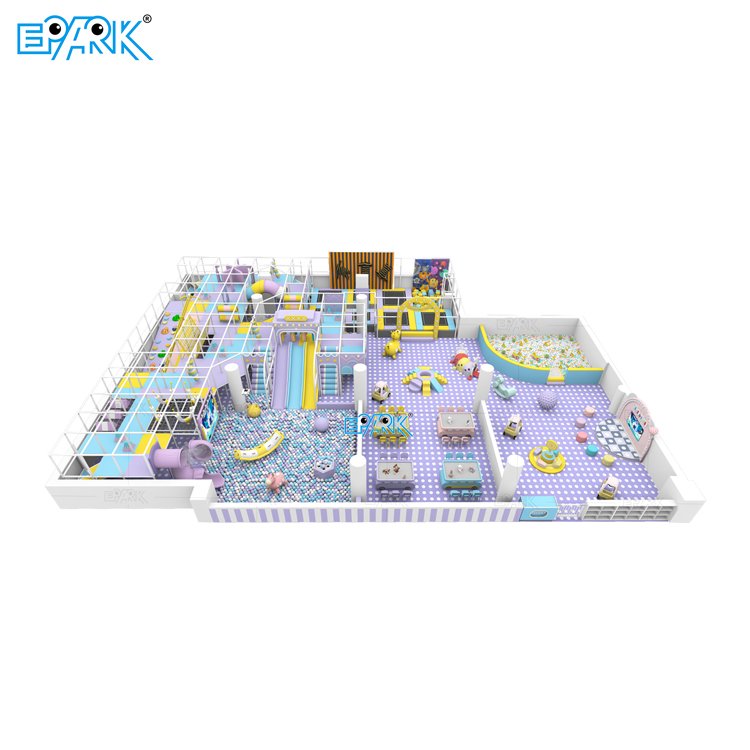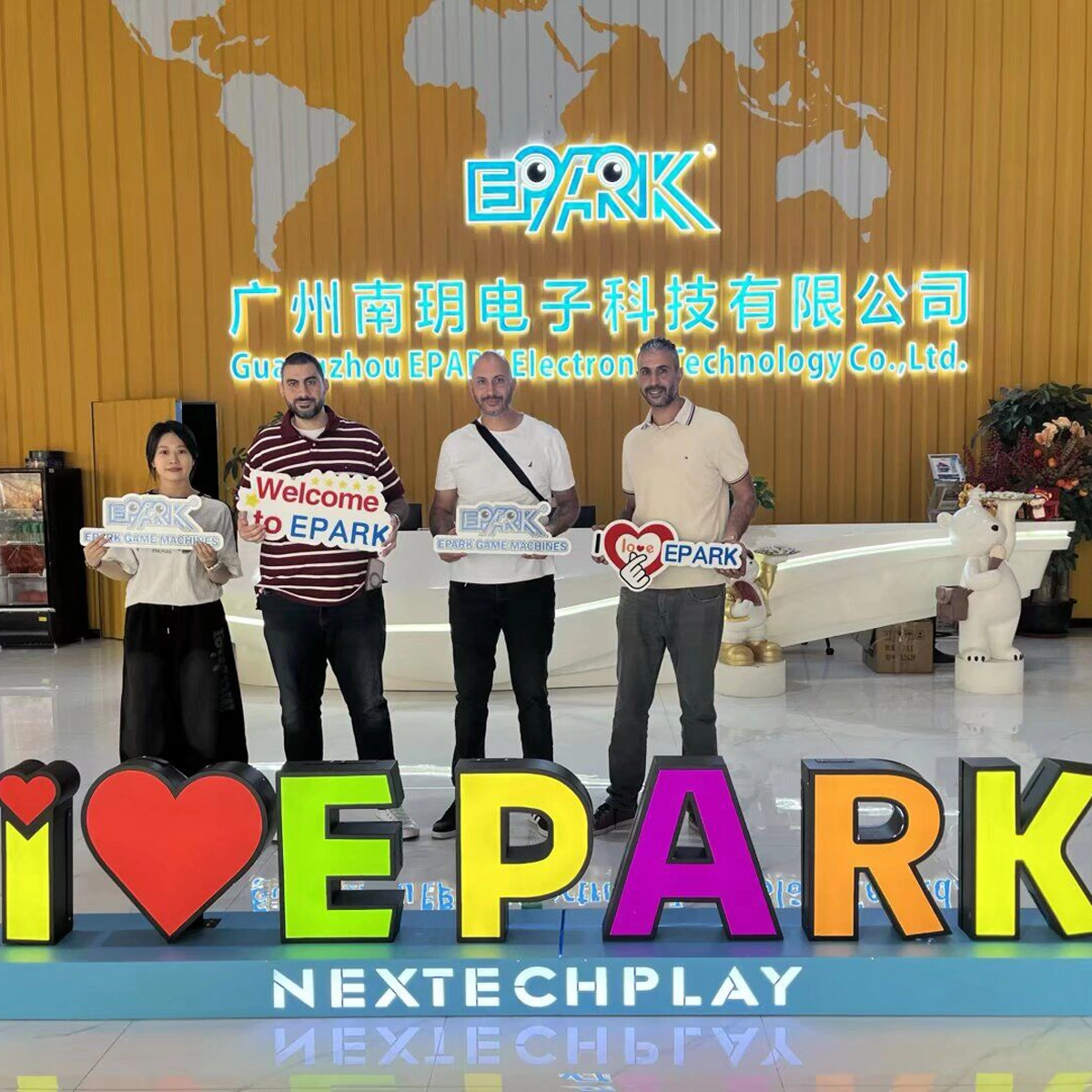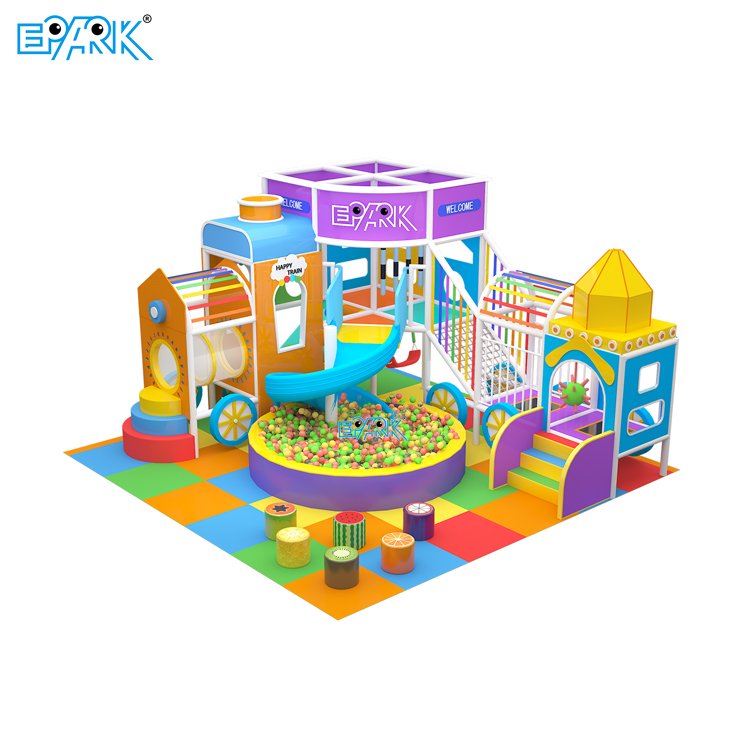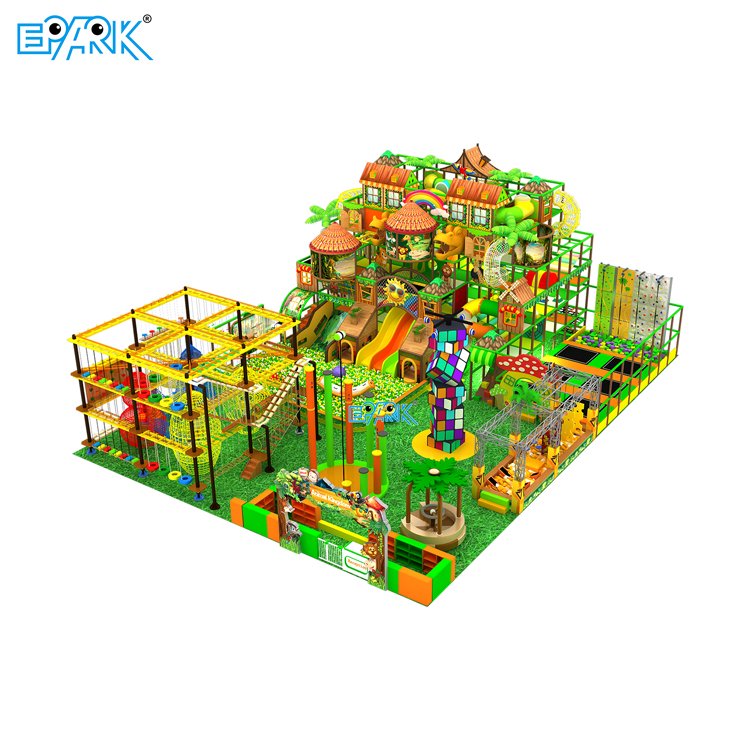The Complete B2B Guide to Indoor Playground Equipment Selection
The indoor playground industry continues to demonstrate remarkable growth, with market projections indicating a value of $31.2 billion by 2027. For facility owners and investors, selecting the right equipment represents one of the most critical business decisions. This comprehensive guide addresses the key considerations in creating successful play environments – from understanding essential components and safety standards to maximizing return on investment. Whether you’re planning a new facility or upgrading existing equipment, these insights will help you navigate the complex landscape of commercial playground development.
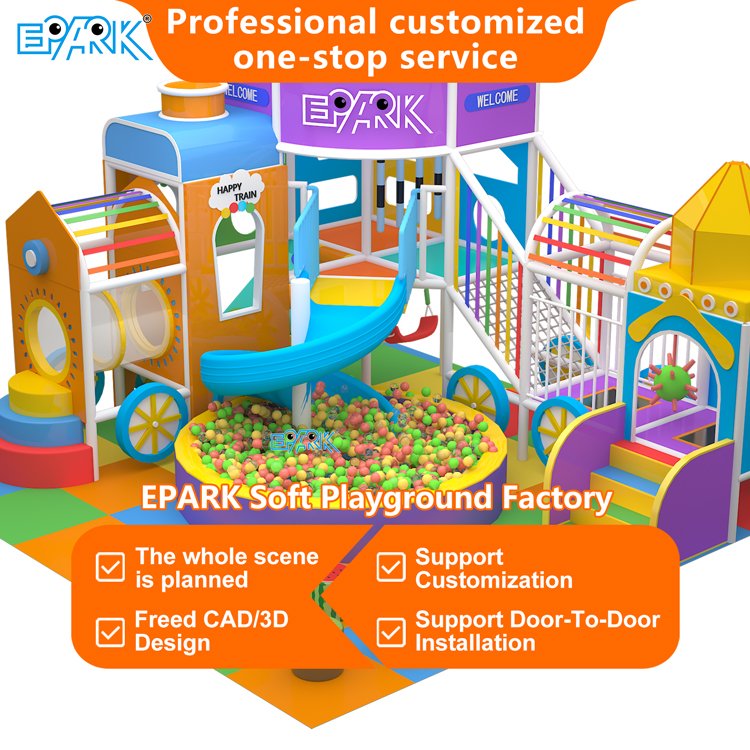
1. Core Components of Successful Play Environments
1.1 Soft Play Structures: Foundation of Early Childhood Development
Modern soft play equipment forms the essential foundation for facilities catering to younger children. These structures utilize high-density EPE pearl cotton padding and waterproof PVC surfaces to create safe, engaging environments. The commercial value of quality soft play equipment extends beyond initial appeal – properly specified components can deliver 5-7 years of reliable service with appropriate maintenance. Contemporary designs incorporate developmental principles that stimulate cognitive growth while encouraging social interaction. The modular nature of these systems allows for periodic reconfiguration, maintaining customer interest and extending equipment lifespan.
1.2 Trampoline Park Integration: Maximizing Revenue Potential
Trampoline zones have evolved into sophisticated activity areas that significantly impact facility revenue. Commercial-grade trampolines meeting ASTM F381-16 safety standards now incorporate foam pits, interactive games, and performance tracking features. Industry data indicates well-designed trampoline areas typically generate 35-40% of total facility revenue in mixed-use environments. These zones particularly appeal to older children and teenagers, expanding your customer base and increasing repeat visitation rates. When planning your trampoline park section, consider how these elements integrate with other activity zones to create a cohesive visitor experience.
1.3 Adventure Courses: Engaging Older Demographics
The growing popularity of obstacle course programming has created demand for ninja warrior-style elements in modern facilities. These installations effectively engage the 8-16 age demographic that seeks physical challenges beyond traditional playground offerings. Commercial adventure courses require careful attention to safety surfacing, with impact-absorbing mats maintaining critical fall height ratings according to ASTM F1292 standards. Beyond general admission revenue, these spaces can host specialized classes and competitions, creating valuable additional income streams. Learn more about our adventure course solutions and how they can enhance your facility’s appeal.
-12.jpg)
2. Material Specifications and Safety Compliance
2.1 Premium Materials for Commercial Performance
Equipment selection directly impacts both safety outcomes and operational costs. Premium soft play components utilize food-grade PE materials that are BPA-free and phthalate-safe. Surface materials should feature eco-friendly waterproof leather capable of withstanding rigorous cleaning protocols while maintaining protective properties. High-density EPE pearl cotton padding (20-30kg/m³ density) provides optimal impact absorption while resisting moisture and microbial growth. These material specifications represent crucial investments in risk management and customer satisfaction, directly influencing your facility’s reputation and insurance requirements.
2.2 International Safety Standards and Certification
Global safety standards provide the framework for responsible playground operation. Compliance with European EN1176 and American ASTM F1487 specifications establishes rigorous requirements for equipment spacing, fall zones, and structural integrity. Beyond basic compliance, leading manufacturers implement additional safety protocols including non-slip surface treatments, radiused edges on structural components, and impact-absorbing materials that exceed minimum requirements. These proactive safety measures not only protect users but also demonstrate your commitment to quality, becoming valuable differentiators for safety-conscious families.
3. Strategic Design and Business Planning
3.1 Space Optimization and Revenue Generation
Effective design transforms available space into revenue-generating activities while ensuring optimal visitor flow. Industry benchmarks suggest allocating 40-45% of total area to active play zones, 15-20% to circulation paths, and the remaining space to support facilities. The integration of mezzanine levels and vertical play elements can increase usable play surface by up to 60% within the same footprint. Demographic considerations should guide these spatial decisions – facilities targeting younger children benefit from larger soft play areas, while those serving broader age groups require balanced allocations across multiple activity types.
3.2 Theming and Customer Experience
Custom theming transforms standard equipment into immersive environments that capture children’s imaginations. Successful themes extend beyond color selection to incorporate narrative elements and coordinated graphic treatments throughout the facility. The development process typically begins with 3D visualization, allowing stakeholders to experience the space before manufacturing. Facilities implementing strong thematic elements report 25-30% higher customer retention rates and increased party bookings. Discover how our custom design services can create unique environments that differentiate your facility in the competitive entertainment market.
-13.jpg)
4. Operational Excellence and Maintenance
Sustainable playground operation requires structured maintenance schedules and comprehensive staff training. Daily inspections should document equipment condition and cleanliness standards, with monthly reviews addressing structural elements and safety systems. Maintenance logs ensure operational consistency while providing crucial documentation for insurance and regulatory compliance. Staff training should encompass emergency response procedures, equipment monitoring techniques, and customer engagement strategies that enhance visitor experiences while maintaining safety standards. These operational foundations directly impact customer satisfaction and facility reputation.
Strategic planning and informed equipment selection form the foundation of successful indoor playground development. By understanding material specifications, safety requirements, and design principles, facility owners can create spaces that deliver exceptional visitor experiences and sustainable financial returns. The integration of developmentally appropriate activities, compliant safety systems, and engaging thematic elements positions facilities for success in the competitive family entertainment market.
Begin Your Project with Confidence
Ready to develop your indoor playground facility? Contact Guangzhou EPARK today at +86-13903079263 or sales@nanyuetech.com to schedule a consultation. Our team provides customized 3D design proposals and comprehensive support throughout your project. With 13 years of international experience, we deliver solutions that meet the highest standards of safety, quality, and commercial potential. Visit our facility at 120 Donghuan Road, Shiqiao, Panyu District, GuangZhou to discuss your specific requirements with our design specialists.


